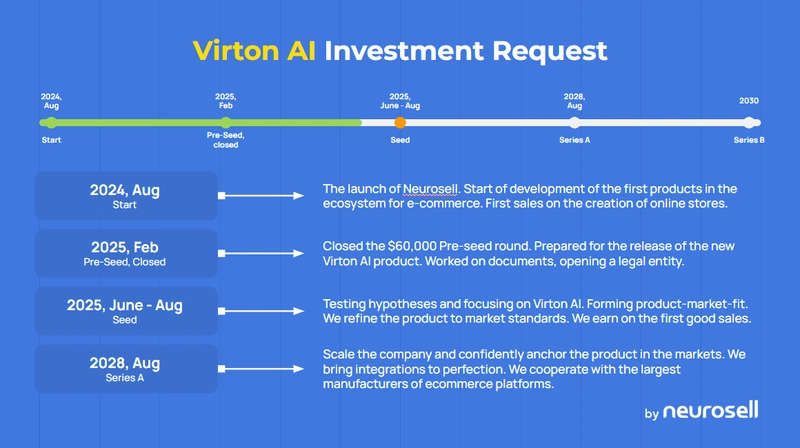Elon Musk's Open Source Licensing Model: A Paradigm Shift in Innovation
Abstract: This post examines Elon Musk’s groundbreaking open source licensing model and its ripple effects across technology and society. By exploring Tesla’s early commitment to open source, juxtaposed with SpaceX’s proprietary challenges and ventures in Neuralink and The Boring Company, we reveal how Musk’s approach fosters collaboration, stimulates breakthrough innovations, and challenges traditional intellectual property paradigms. We discuss practical examples, evaluate technical hurdles, and predict a future where open source drives ethical and sustainable technological progress. Key topics such as sustainable funding, ethical software development, and the balance between openness and proprietary protections are analyzed with tables, bullet lists, and real-world links to authoritative sources. Introduction In the world of technology, few names evoke as much intrigue and debate as Elon Musk. Known for his pioneering ventures like SpaceX, Tesla, Neuralink, and The Boring Company, Musk has not only transformed industries but also reshaped how we view innovation itself. One of his most impactful moves was the open source licensing initiative, which aims to break down barriers and accelerate technological progress. By making Tesla’s patents publicly available, Musk catalyzed collaborations that now extend beyond automotive technology into aerospace, urban infrastructure, and brain-machine interfaces. This post delves into the nuances of Musk’s open source licensing model, describes its underlying philosophy, and explains the implications for innovation and sustainability. We examine its applications across various industries, outline the challenges and limitations of the model, and provide an outlook on future trends. For a detailed look at the origins of Musk’s approach, you may refer to the original article. Background and Context The concept of open source originated in the software development world with the rise of projects like Linux and TensorFlow. An open source licensing model allows developers to share, modify, and distribute code with minimal restrictions—enhancing collective development. Elon Musk’s application of these principles goes far beyond software; his approach is a call to democratize innovation. Historical Milestones in Open Source Early Software Movements: The free software movement in the 1980s paved the way for current open source standards. Linux & Collaboration: Linux’s development is a prime example of how collaborative efforts can yield robust technology. Adoption by Industry Leaders: Companies ranging from IBM to Google have embraced open source to drive technological advancement. Musk’s Pioneering Approach Musk’s journey into open source began when Tesla opened its patent portfolio in 2014 as part of a strategy to accelerate sustainable transportation. This decision resonated with ideas of ethical software development and sustainable funding mechanisms for innovation, as discussed in articles like sustainable funding open source. His approach is layered: while Tesla champions openness, SpaceX operates under proprietary models due to competitive pressures and high entry barriers in aerospace. This duality illustrates that open source is not a one-size-fits-all solution but a strategic tool used in tandem with protected intellectual property to address different challenges. Core Concepts and Features Understanding Elon Musk’s open source licensing model involves exploring the core elements that set it apart from traditional intellectual property strategies. Below, we detail the features that define Musk’s approach: 1. Intellectual Property Openness with Strategic Boundaries Tesla Open Patents: By releasing Tesla’s patents under open source terms (see Tesla’s patent blog), Musk removed barriers for emerging companies and innovators. Balanced Approach: While Tesla advocates for openness, other ventures like SpaceX must safeguard proprietary technology due to high-stakes environments. 2. Catalyzing Industry Collaboration Enhanced Innovation Ecosystem: Open frameworks encourage startups and established companies to contribute ideas, driving collective problem-solving. Sponsorship and Funding: The approach aligns with models for open source project sponsorship benefits, wherein financial contributions support sustainable development without compromising innovation. 3. Ethical and Transparent Development Ethical Software Development: Musk’s philosophy stresses that openness leads to accountability and ethical use of advanced technology. More on these ideas can be found in discussions on ethical software development. Community-Driven Improvements: In a transparent ecosystem, developers are incentivized to maintain high standards and collaborate on safety and risk management, similar to strategies outlined in risk management strategies. 4. Sustainable Fun
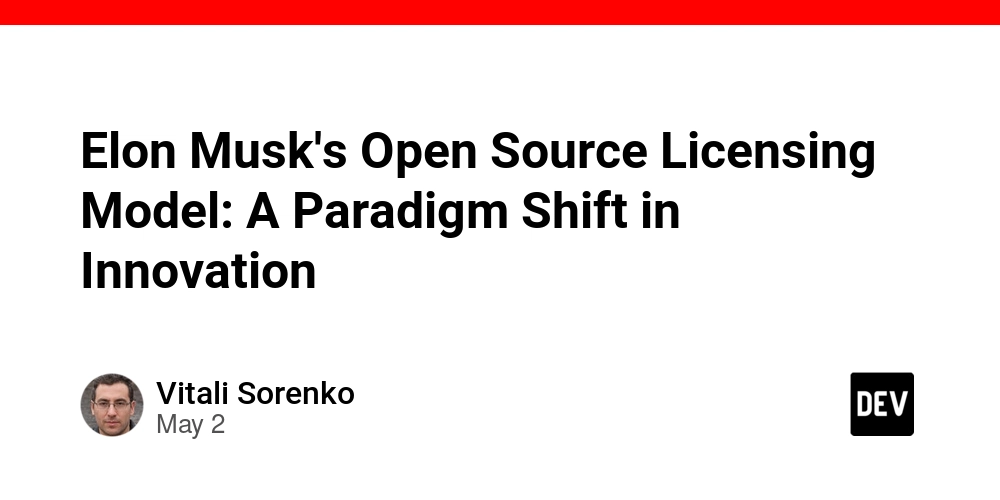
Abstract:
This post examines Elon Musk’s groundbreaking open source licensing model and its ripple effects across technology and society. By exploring Tesla’s early commitment to open source, juxtaposed with SpaceX’s proprietary challenges and ventures in Neuralink and The Boring Company, we reveal how Musk’s approach fosters collaboration, stimulates breakthrough innovations, and challenges traditional intellectual property paradigms. We discuss practical examples, evaluate technical hurdles, and predict a future where open source drives ethical and sustainable technological progress. Key topics such as sustainable funding, ethical software development, and the balance between openness and proprietary protections are analyzed with tables, bullet lists, and real-world links to authoritative sources.
Introduction
In the world of technology, few names evoke as much intrigue and debate as Elon Musk. Known for his pioneering ventures like SpaceX, Tesla, Neuralink, and The Boring Company, Musk has not only transformed industries but also reshaped how we view innovation itself. One of his most impactful moves was the open source licensing initiative, which aims to break down barriers and accelerate technological progress. By making Tesla’s patents publicly available, Musk catalyzed collaborations that now extend beyond automotive technology into aerospace, urban infrastructure, and brain-machine interfaces.
This post delves into the nuances of Musk’s open source licensing model, describes its underlying philosophy, and explains the implications for innovation and sustainability. We examine its applications across various industries, outline the challenges and limitations of the model, and provide an outlook on future trends. For a detailed look at the origins of Musk’s approach, you may refer to the original article.
Background and Context
The concept of open source originated in the software development world with the rise of projects like Linux and TensorFlow. An open source licensing model allows developers to share, modify, and distribute code with minimal restrictions—enhancing collective development. Elon Musk’s application of these principles goes far beyond software; his approach is a call to democratize innovation.
Historical Milestones in Open Source
- Early Software Movements: The free software movement in the 1980s paved the way for current open source standards.
- Linux & Collaboration: Linux’s development is a prime example of how collaborative efforts can yield robust technology.
- Adoption by Industry Leaders: Companies ranging from IBM to Google have embraced open source to drive technological advancement.
Musk’s Pioneering Approach
Musk’s journey into open source began when Tesla opened its patent portfolio in 2014 as part of a strategy to accelerate sustainable transportation. This decision resonated with ideas of ethical software development and sustainable funding mechanisms for innovation, as discussed in articles like sustainable funding open source. His approach is layered: while Tesla champions openness, SpaceX operates under proprietary models due to competitive pressures and high entry barriers in aerospace. This duality illustrates that open source is not a one-size-fits-all solution but a strategic tool used in tandem with protected intellectual property to address different challenges.
Core Concepts and Features
Understanding Elon Musk’s open source licensing model involves exploring the core elements that set it apart from traditional intellectual property strategies. Below, we detail the features that define Musk’s approach:
1. Intellectual Property Openness with Strategic Boundaries
- Tesla Open Patents: By releasing Tesla’s patents under open source terms (see Tesla’s patent blog), Musk removed barriers for emerging companies and innovators.
- Balanced Approach: While Tesla advocates for openness, other ventures like SpaceX must safeguard proprietary technology due to high-stakes environments.
2. Catalyzing Industry Collaboration
- Enhanced Innovation Ecosystem: Open frameworks encourage startups and established companies to contribute ideas, driving collective problem-solving.
- Sponsorship and Funding: The approach aligns with models for open source project sponsorship benefits, wherein financial contributions support sustainable development without compromising innovation.
3. Ethical and Transparent Development
- Ethical Software Development: Musk’s philosophy stresses that openness leads to accountability and ethical use of advanced technology. More on these ideas can be found in discussions on ethical software development.
- Community-Driven Improvements: In a transparent ecosystem, developers are incentivized to maintain high standards and collaborate on safety and risk management, similar to strategies outlined in risk management strategies.
4. Sustainable Funding and Monetization Models
- Revenue Models for Open Source: Despite potential monetization challenges, innovative funding approaches—such as grants, sponsorships, and tokenized licensing—ensure that projects remain economically viable. More details on these strategies are available in open source project revenue models.
Table: Open Source vs. Proprietary Models
| Feature | Open Source Model | Proprietary Model |
|---|---|---|
| Accessibility | Freely accessible, encourages collaboration | Restricted access, controlled by owner |
| Innovation Driver | Community-driven innovation and collective problem-solving | Innovation driven by internal R&D |
| Funding Strategies | Sponsorships, grants, and community funding | Traditional funding and revenue from licensing |
| Risk Management | Open review reduces risks via community testing | Controlled environment with proprietary safeguards |
| Adaptability | Faster adaptation and integration of new ideas | Slower due to controlled release cycles |
Applications and Use Cases
In today’s interconnected digital landscape, Musk’s open source licensing strategy finds applications in several domains. Below are practical examples that illustrate the reach and impact of the model:
1. Automotive and Sustainable Transportation
- Tesla’s Open Patent Initiative: Tesla’s commitment to open source patents has lowered the barrier for electric vehicle startups. By allowing others to use its patented technology, Tesla accelerates the transition to sustainable energy and creates a collaborative environment in the automotive industry.
- Sustainable Funding Models: As discussed in sustainable funding open source, such initiatives reduce costs and invite innovation, while providing a blueprint for using open source to tackle large-scale environmental issues.
2. Aerospace and Space Exploration
- Democratizing Space: While SpaceX operates with a more proprietary model, its innovations—like reusable rockets—benefit the broader ecosystem. By lowering overall costs and promoting technological spillover, SpaceX’s approach indirectly supports open innovations and partnerships in aerospace.
- Risk Management and Collaboration: Bridging open collaborative development with necessary proprietary controls allows for robust risk management. This balance is crucial in high-stakes fields like aerospace where even minor failures can have significant consequences.
3. Brain-Machine Interfaces and Urban Infrastructure
- Neuralink’s Potential: Although still in early stages, Neuralink’s exploration into brain-machine interfaces could benefit from open source philosophies. In an industry where ethics and transparency are paramount, enabling collaborative improvements could lead to safer and more effective outcomes.
- Urban Innovations with The Boring Company: Urban planning and infrastructure development have often lagged behind technological advancements. Open source models in this sector could encourage community involvement and lead to more sustainable, efficient urban solutions.
Bullet List: Advantages of Musk’s Open Source Approach
- Accelerated Innovation: Lower barriers encourage more players to contribute and iterate.
- Community Engagement: Open frameworks build trust and enable collaborations across industries.
- Ethical Oversight: Transparency promotes accountability and adherence to ethical standards.
- Sustainable Development: Diverse funding channels and partnerships ensure long-term viability.
- Risk Distribution: Collective review and testing reduce the risk of catastrophic failures.
Challenges and Limitations
Despite its many advantages, Musk’s open source licensing model is not without challenges. Addressing these limitations is crucial for maintaining a balance between openness and protection.
1. Exploitation by Larger Entities
- Risk of Unfair Use: Open source models can be exploited if larger companies use the freely available technology without contributing back to the community. This challenge of “good faith” usage is a concern for many open source initiatives.
- Mitigation Strategies: As discussed in open source monetization challenges and strategies, establishing clear guidelines and licensing terms can help alleviate these risks.
2. Financial Viability
- Sustainable Funding Issues: Even as open source fosters innovation, maintaining financial viability remains a challenge. Without robust monetization streams, open source projects may struggle to secure the necessary resources for continued development.
- Alternative Models: Innovative funding mechanisms, such as tokenized licenses and decentralized finance (DeFi) options, promise a pathway forward. Evidence of such strategies can be seen in the evolving landscape of blockchain-based open source funding.
3. Balancing Transparency with Secrecy
- Industry-Specific Demands: Industries like aerospace and defense require a measure of secrecy for security reasons. Thus, while Tesla’s model works well for the automotive sector, different industries may need a hybrid approach.
- Technical Complexity: Merging open and proprietary systems requires sophisticated solutions to ensure data security and intellectual property protection without losing the benefits of collaboration.
4. Adoption and Cultural Barriers
- Resistance to Change: Traditional industries often resist open source models due to entrenched business practices and concerns about intellectual property theft. Overcoming these cultural barriers requires not only technological adjustments but also shifts in mindset.
- Educating Stakeholders: Promoting the benefits of open source and providing clear examples of success stories are essential strategies to sway skeptics.
Future Outlook and Innovations
Looking ahead, the influence of Musk’s open source licensing model is set to expand well beyond its current applications. Emerging trends point toward a future where open source becomes integral to innovation across multiple sectors.
1. Integration with Blockchain and Decentralized Technologies
- Tokenized Funding Models: As indicated in the discussion of open source funding for innovation, blockchain can help streamline funding and incentivize contributions by providing secure, transparent transaction methods.
- Enhanced Trust and Verification: Blockchain’s immutable ledger and smart contracts can improve trust among open source contributors, ensuring that intellectual property rights are maintained while encouraging innovation.
2. Expansion to New Industries
- Healthcare Innovations: Open source models are beginning to penetrate the healthcare sector, where shared research and collaborative development could lead to breakthroughs in medical technologies.
- Renewable Energy Technologies: Beyond automotive, sectors such as renewable energy stand to gain from innovations only possible through open collaboration. The collective pooling of knowledge and resources can accelerate the transition to a sustainable future.
3. Evolving Legal and Regulatory Frameworks
- Modernizing Licensing: Legal frameworks are slowly adapting to the changing landscape of open source. New guidelines and licenses that reflect today’s technological realities are emerging to support both open innovation and the protection of sensitive data.
- International Cooperation: With global participation in open source projects, international standards and agreements will likely evolve, making it easier for cross-border collaboration and funding.
4. Community-Driven Governance and Participation
- Decentralized Governance Models: Open source communities are exploring more decentralized ways to manage projects and make decisions, ensuring that every contributor has a stake in the project’s success.
- Collaboration Platforms: Tools and platforms that facilitate real-time collaboration and contribution are growing increasingly sophisticated. These tools not only enhance productivity but also democratize access to innovation, similar to initiatives discussed on Arbitrum’s open source contributions.
Summary
Elon Musk’s open source licensing model represents a paradigm shift in the way technology and innovation are approached. By championing openness through initiatives like Tesla’s public patent release and encouraging cross-sector collaboration, Musk challenges the traditional dynamics of intellectual property and proprietary technology. His model demonstrates that ethical software development, sustainable funding, and community involvement can coexist with industry-leading innovation.
Key takeaways include:
- Inclusivity and Collaboration: Open source models drive collective intelligence and accelerated problem-solving.
- Balanced Approach: The need to navigate between transparency and necessary secrecy, especially in high-stakes areas like aerospace.
- Sustainable Funding: Innovative funding mechanisms are essential to sustain open source projects, particularly when paired with blockchain and DeFi innovations.
- Future Trends: With expanding applications in healthcare, renewable energy, and decentralized governance, the potential for open source models to drive societal change is immense.
For a deeper dive into these topics, check out related articles on platforms such as Tesla’s Patent Announcement and insightful posts on Dev.to.
Additional Resources
Below are some curated links for further exploration:
- SpaceX – Explore SpaceX’s approach to leveraging proprietary technology while indirectly supporting open innovation.
- Neuralink – Learn how emerging brain-machine interfaces might benefit from open source collaboration.
- The Boring Company – Discover innovative solutions in urban infrastructure that may soon incorporate open source models.
- Open Source Funding Strategies – Understand how sponsorships and alternative funding models support open source software development.
- Ethical Software Development – Gain insights into how transparency and ethics play a crucial role in modern open source projects.
Conclusion
Elon Musk’s open source licensing model is more than a business strategy—it is a visionary approach aimed at democratizing technology. By lowering barriers to innovation and promoting open collaboration, Musk’s model fosters an environment where ethical practices and sustainable development flourish. Challenges remain in ensuring fair use, balancing proprietary needs with open access, and maintaining financial viability. However, the potential for cross-industry innovation and societal benefits is vast.
Embracing open source as a tool for innovation can lead not only to rapid technological advancements but also to more transparent, equitable, and ethically driven practices. As industries around the world continue to explore and refine the balance between openness and protection, Musk’s pioneering approach offers a roadmap for a future characterized by enhanced collaboration, transparent governance, and sustainable progress.
In summary, the future of innovation may well depend on the ability to merge proprietary excellence with open, community-driven development. By harnessing open source models and continuously evolving licensing frameworks, leaders in technology can tackle global challenges—from climate change to resource scarcity—while building a more inclusive and dynamic digital ecosystem.
By integrating open source licensing with innovation, the paradigm is shifting. It’s a future where shared knowledge and collective responsibility drive a new era of technological breakthroughs, a future that Elon Musk is actively helping to shape.
Keywords: open source licensing, Elon Musk, Tesla open source patents, sustainable funding, ethical software development, industry collaboration, technological innovation, blockchain integration, open source community, risk management.







































































































































































![[The AI Show Episode 145]: OpenAI Releases o3 and o4-mini, AI Is Causing “Quiet Layoffs,” Executive Order on Youth AI Education & GPT-4o’s Controversial Update](https://www.marketingaiinstitute.com/hubfs/ep%20145%20cover.png)











































































































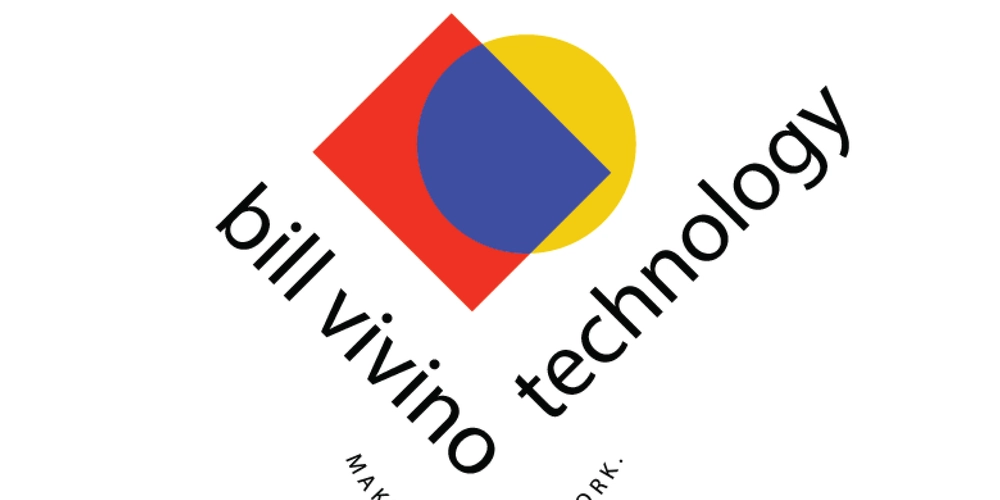
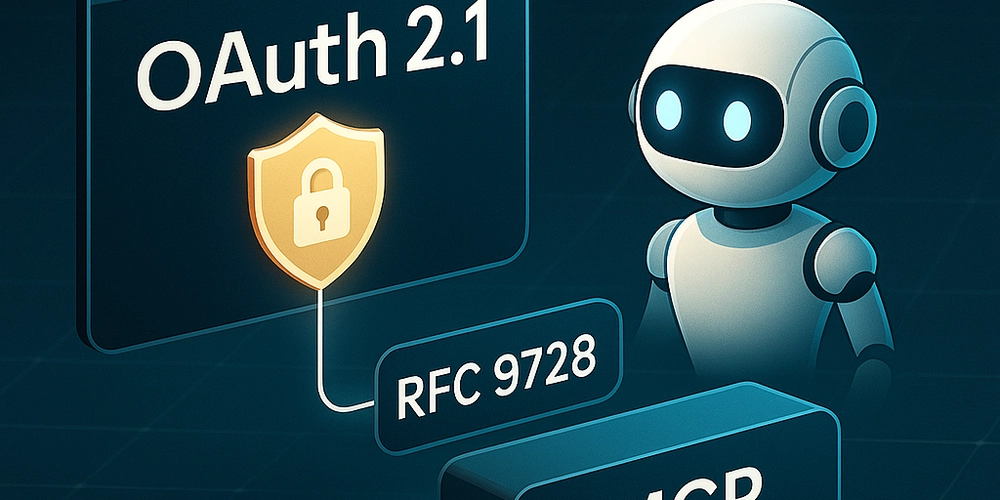
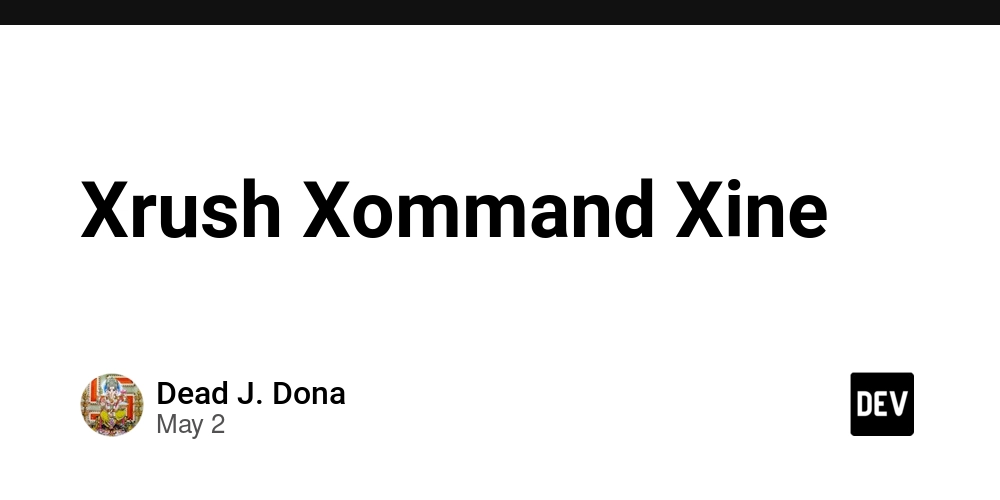



















![From Art School Drop-out to Microsoft Engineer with Shashi Lo [Podcast #170]](https://cdn.hashnode.com/res/hashnode/image/upload/v1746203291209/439bf16b-c820-4fe8-b69e-94d80533b2df.png?#)








































































































(1).jpg?#)






























_Inge_Johnsson-Alamy.jpg?width=1280&auto=webp&quality=80&disable=upscale#)













































































































![Apple Developing AI 'Vibe-Coding' Assistant for Xcode With Anthropic [Report]](https://www.iclarified.com/images/news/97200/97200/97200-640.jpg)
![Apple's New Ads Spotlight Apple Watch for Kids [Video]](https://www.iclarified.com/images/news/97197/97197/97197-640.jpg)








































































![[Weekly funding roundup April 26-May 2] VC inflow continues to remain downcast](https://images.yourstory.com/cs/2/220356402d6d11e9aa979329348d4c3e/WeeklyFundingRoundupNewLogo1-1739546168054.jpg)



























